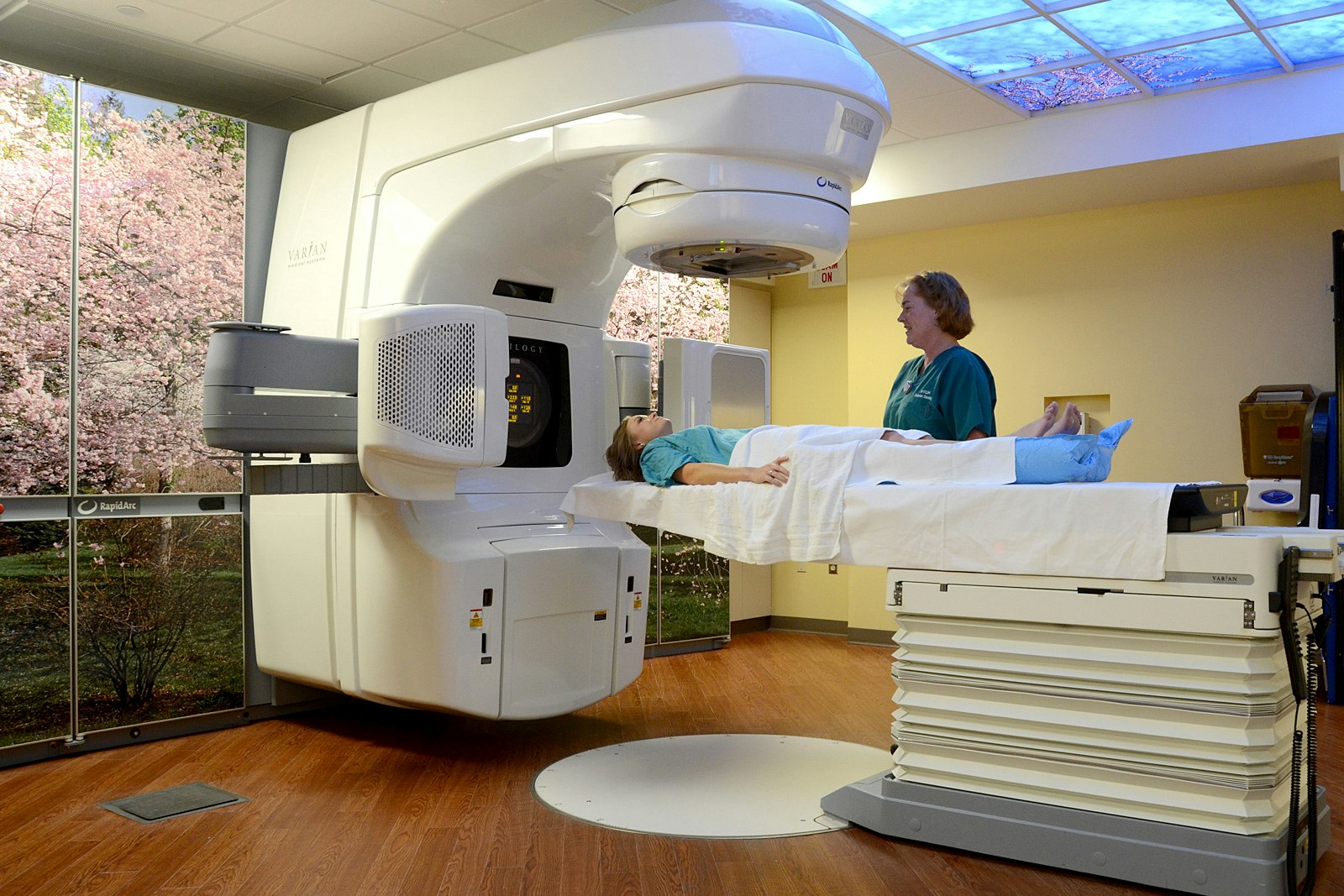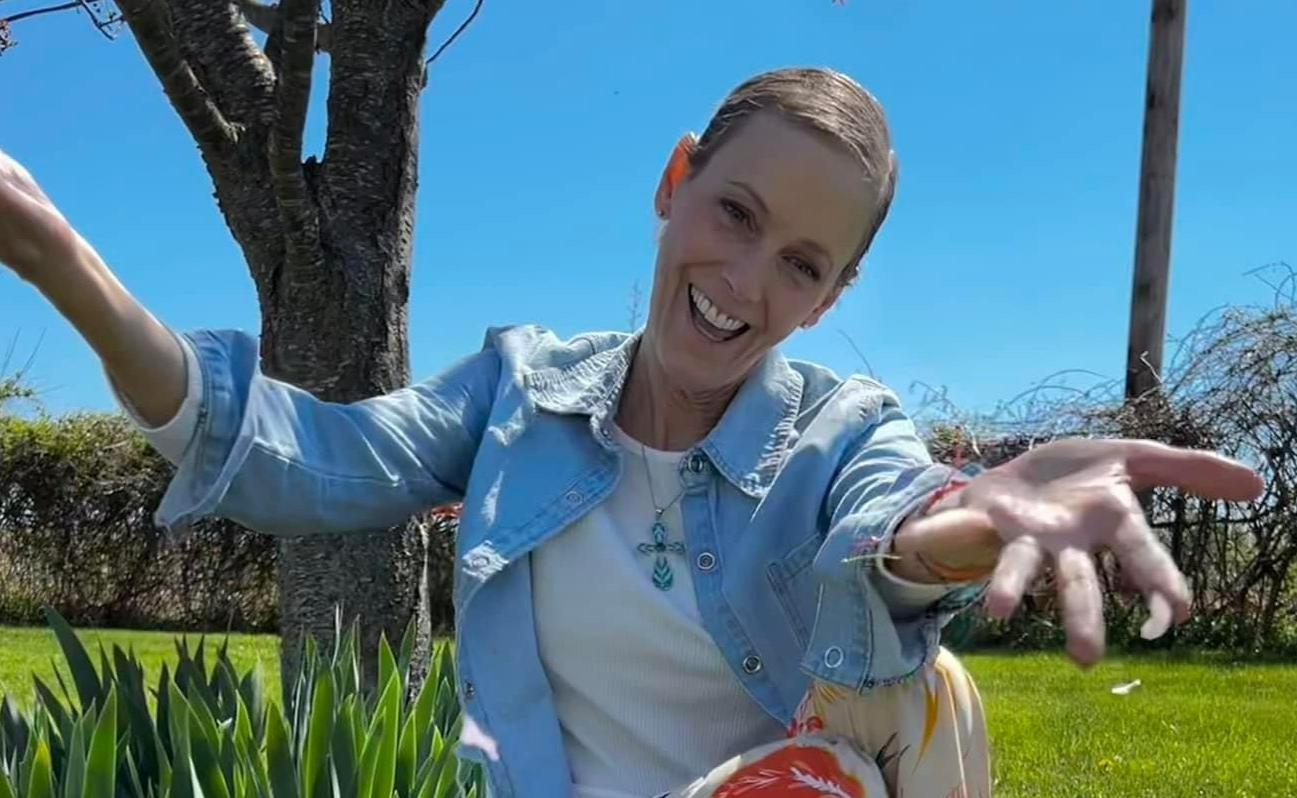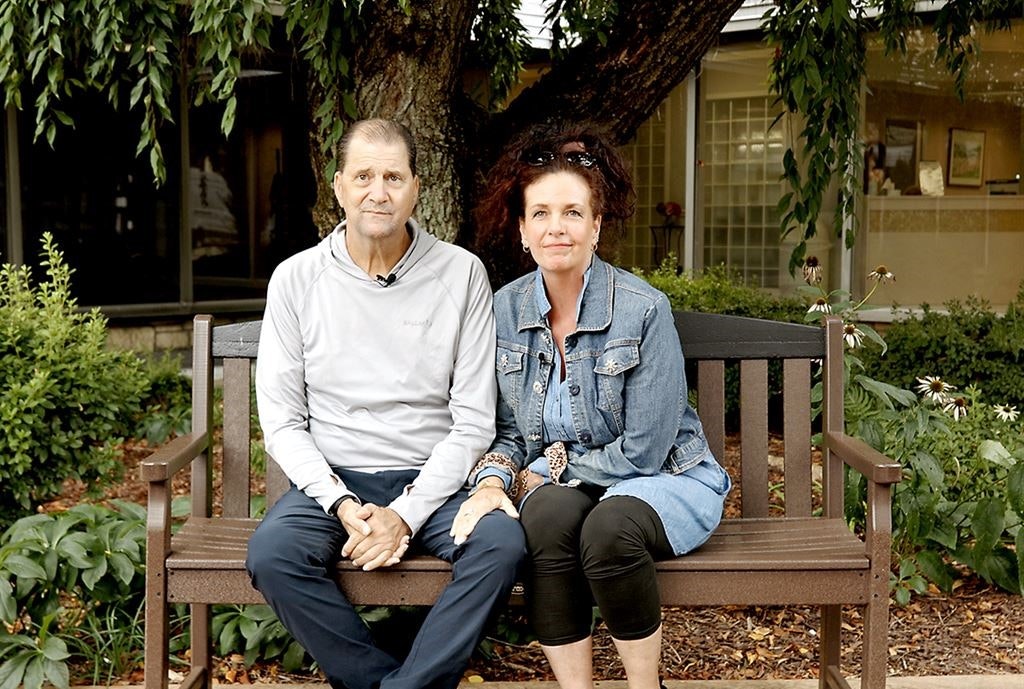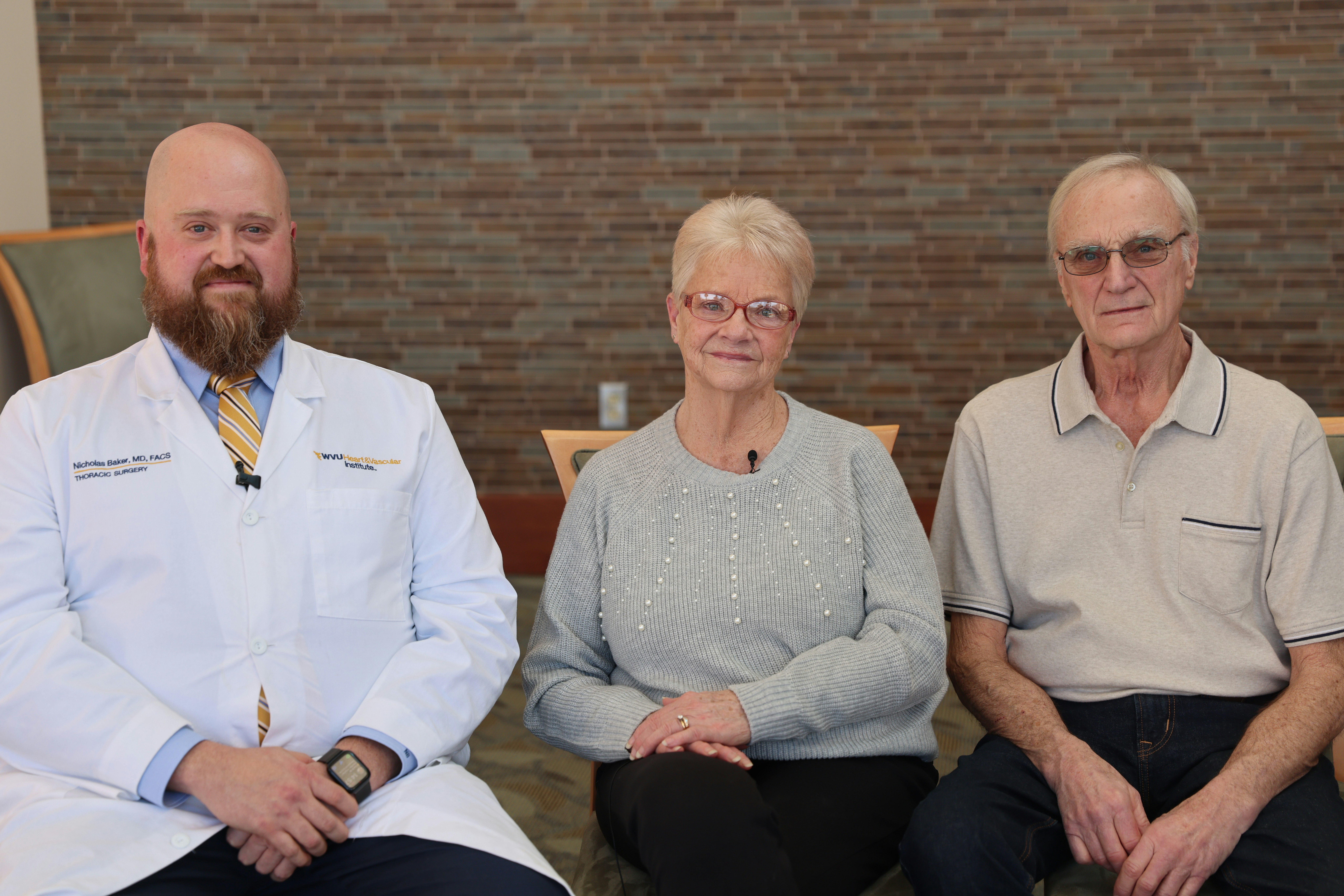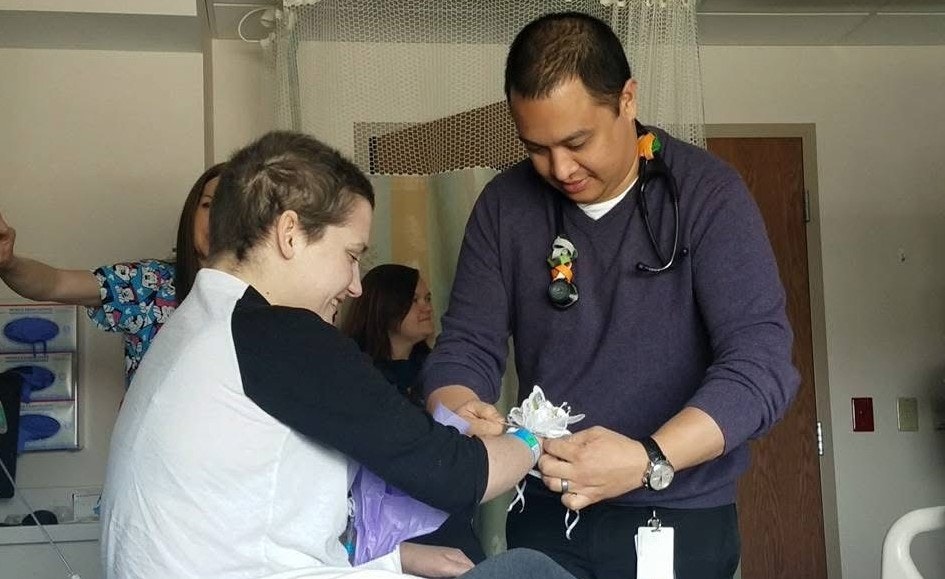Gastric cancer, also called stomach cancer, occurs when cancer forms in the lining of the stomach. Cancer can form in other organs in the abdomen, including the colon, liver, and pancreas. These are not the same as stomach cancer.
Types of Gastric (Stomach) Cancers We Treat
Adenocarcinoma of the stomach
This is a cancer that starts in the glandular cells of your body that are found in the stomach. They form in the lining of the stomach.
Carcinoid tumors
This type of cancer usually starts in the stomach but can be found in the appendix, small intestine, colon, and other parts of the body.
Gastrointestinal stromal tumors
These rare tumors can be cancerous or noncancerous. They start in the cells of the digestive tract. They’re most commonly found in the stomach.
Leiomyosarcoma
These tumors start in the smooth muscle cells of the stomach.
Primary gastric lymphoma
This type of cancer can be found in the wall of the stomach.
Diagnosing Gastric (Stomach) Cancer
There are different ways to diagnose stomach cancer. It’s important for you to talk with your doctor if you notice any new symptoms or problems with swallowing, heartburn, indigestion, or weight loss. If your doctor suspects you have cancer, they may order certain tests to figure out what’s going on in your body.
- Physical exam — Doctors use a physical exam to look for signs of something going on in your body, such as the presence of a tumor. These can include skin color changes, enlargement of an organ, or lumps in your lymph nodes.
- Blood tests — Blood tests to measure organ function may indicate whether other organs in your body, such as your liver, may be affected by cancer.
- Upper endoscopy — Doctors use this procedure to look inside the esophagus, stomach, and first part of the small intestine to check for abnormalities. Using a thin, lighted tube called an endoscope, doctors can see down through your mouth and throat into your esophagus and stomach.
- Endoscopic ultrasound — Doctors combine endoscopy with ultrasound to create images of the digestive tract and its surrounding organs and tissues.
- Advanced imaging — Doctors use ultrasound, computed tomography (CT), magnetic resonance imaging (MRI), and positron emission tomography (PET) scans to detect signs of disease and see whether cancer has spread to other areas of the body, such as the lymph nodes, liver, or lungs.
- Biopsy — Doctors use this test to examine tissue under a microscope to determine whether cancer is present. During a biopsy, a doctor removes a small sample of tissue at the tumor site to analyze in a lab. Biopsy results help oncologists plan the best treatment for you. There are several different biopsy types, including image-guided biopsy, endoscopic biopsy, or surgical biopsy.
- Laparoscopy — Doctors use this procedure in cancers of the stomach and lower esophagus to evaluate the extent of cancer spread and make treatment decisions. A thin tube with a light and camera called a laparoscope is inserted through small incisions in your abdomen to take a closer look at organs inside the abdomen. Laparoscopy is a surgical procedure. While more invasive, it has the advantage of directly visualizing tumors in the abdominal cavity that can sometimes be missed by CT or PET-CT imaging.
Treatment for Gastric (Stomach) Cancer
From your first visit, our team works with you to address your specific condition and needs. Your care plan may include:
- Medical oncology — Medical oncology includes chemotherapy, immunotherapy, and targeted therapy. Our doctors use the latest in anti-cancer medicine to destroy cancer cells. We also use medicines to slow cancer growth and shrink tumors before surgery. Sometimes, we use medication alongside other treatments, such as radiation, or after surgery to destroy any cancer cells that might remain.
- Radiation oncology — We use radiotherapy treatments to target, destroy, and shrink many types of cancers. The treatments use a linear accelerator to produce precise, high-energy rays that target the exact area of cancer and spare healthy cells. Radiation oncology includes 3D conformal radiotherapy, image-guided radiation therapy, intensity-modulated radiation therapy, and brachytherapy.
- Surgery — Surgery can help us diagnose, stage, and treat many tumors. We also use it to relieve symptoms caused by tumors. Surgical options for stomach cancers can include minimally invasive and open endoscopic mucosal resection, or partial or total gastrectomy.
Resources for Gastric (Stomach) Cancer
We believe cancer care goes beyond diagnosis and treatment. Many resources are available to answer questions and connect you with others, including:
